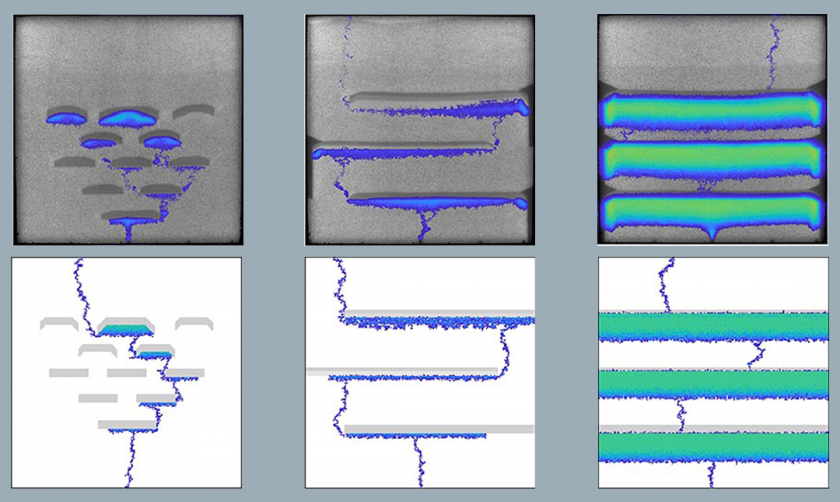Better Carbon Storage With Stacked Geology
December 8, 2024

The overarching goal of all carbon capture and storage projects is the same: Keep carbon dioxide (CO2) emissions out of the atmosphere by storing them in the subsurface for good.
One way to do that is to inject the CO2 into a reservoir space that’s covered with a big lid — an impermeable caprock that can keep the gas in place and stop any upward flow in its tracks. That’s the model that petroleum exploration has relied on for decades when searching for oil traps, and it works for both oil and CO2.
But according to research led by the Bureau of Economic Geology and published in the International Journal of Greenhouse Gas Control, subsurface reservoirs that are covered by a collection of hundreds of smaller lids — collectively called a “composite confining system” — may be a better option for keeping carbon trapped for the long term.
That’s good news for the carbon storage industry. This type of distributed system is common in a range of geological environments, including the Texas Gulf Coast, said study co-author Alex Bump, a research associate professor at the bureau’s Gulf Coast Carbon Center.
“Directly under what is the largest concentration of emissions in the U.S., we have incredible reservoirs but few regional seals. What we have instead are lots and lots of discontinuous barriers to vertical flow,” said Bump. “There is a very local motivation for this research, but the application is global.”
The study describes results from experiments and numerical models that show that the length and frequency of barriers in a composite confining system are the two most influential factors when it comes to keeping carbon in place. They also found that the barriers don’t have to be particularly substantial to be effective. Minor reductions in grain size between geologic layers are enough to divert the path of a rising CO2 plume — helping to spread the gas laterally throughout the reservoir, with little migration toward the surface.
Bump is currently working on developing a best-practices guide for finding and permitting these types of reservoirs for CO2 storage.
Back to the Newsletter